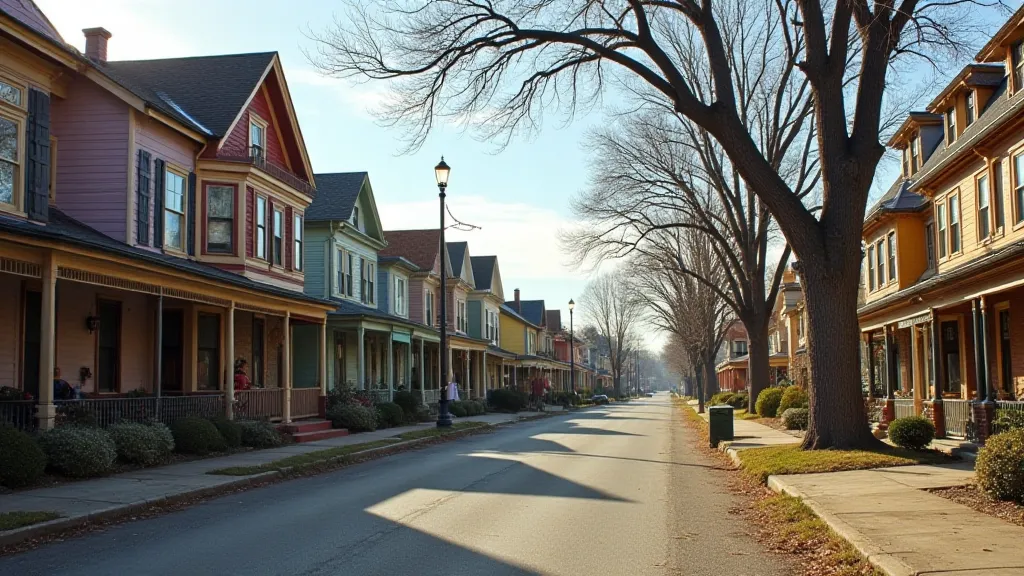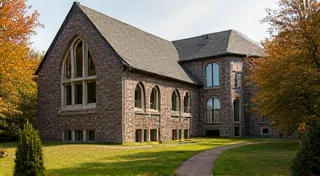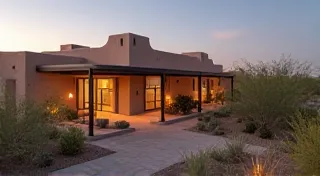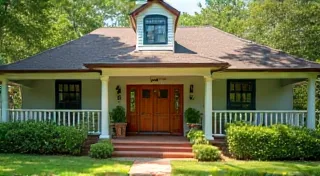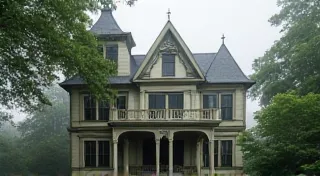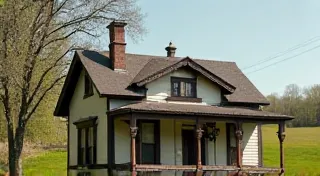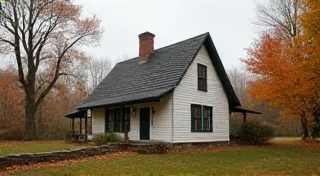Arkansas Folk Victorian: Charm and Adaptability in the Ozarks
The Arkansas Folk Victorian style presents a unique and captivating chapter in American architectural history. Primarily found within the Ozark region of Arkansas, it represents a fascinating fusion of Victorian aesthetics with the resourcefulness and practicality of vernacular building traditions. This isn't a rigid, cookie-cutter design; instead, it's a style shaped by local materials, available skills, and the inherent need to adapt to the rugged Ozark landscape. Understanding Arkansas Folk Victorian requires appreciating its roots and recognizing the subtle variations that mark its prevalence across the region.
Origins and Influences
The late 19th and early 20th centuries saw a surge in Victorian architectural influence across the nation. Pattern books, often originating from the East Coast, were distributed widely, providing inspiration for builders and homeowners. These pattern books showcased various styles, including elaborate Queen Anne designs, which instilled a desire for fashionable homes across the country. However, the limitations of transportation and available materials meant that these designs weren’t replicated exactly. Arkansas’s remoteness and the prevalence of self-reliant building practices led to a modified and deeply personalized interpretation of Victorian elements. Rather than employing skilled professional architects, these houses were often built by local carpenters and farmers, utilizing readily available lumber, stone, and local craftsmanship. This blend of external inspiration and local adaptation defines the Arkansas Folk Victorian style. The need for functional, durable homes that reflected a sense of aspiration and progress was a driving force in this architectural evolution, mirroring similar trends seen in other regions, such as the embrace of Dutch Colonial architecture in New York, where gambrel roofs and charming details became hallmarks of the style. This desire for a home reflecting both aspiration and practicality also resonated with settlers in other regions, leading to variations in architectural form adapted to local conditions and cultural influences. The practical considerations of building in a new land, often with limited resources, meant that the finished product was a testament to ingenuity and adaptation, creating unique regional styles that reflected the challenges and rewards of frontier life.
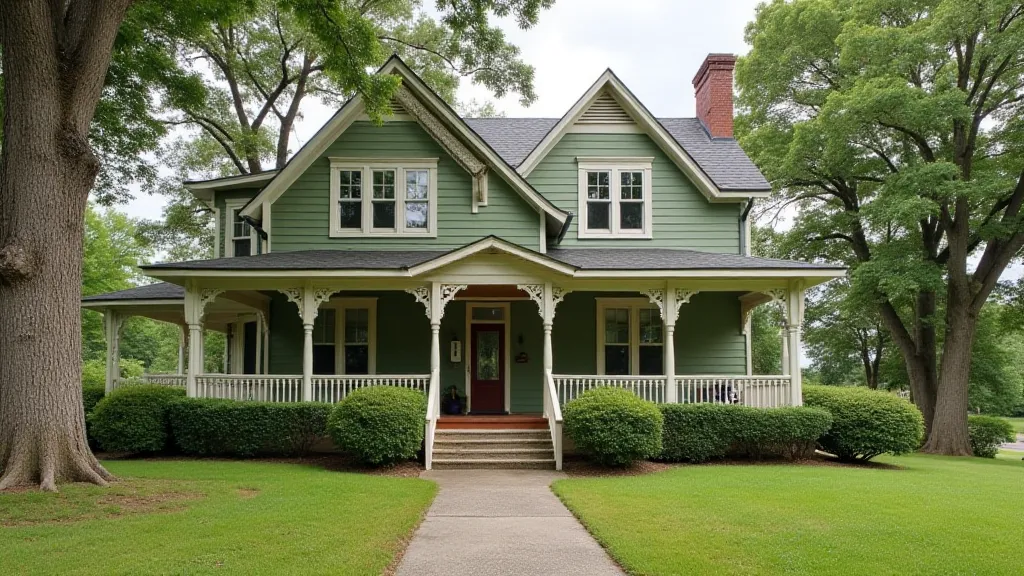
Key Characteristics
While variations exist, several characteristics are commonly found in Arkansas Folk Victorian homes:
- Asymmetrical Facades: Unlike the strict symmetry of many Victorian styles, Arkansas Folk Victorian homes often feature asymmetrical layouts, reflecting the organic nature of their construction. This departure from rigid formality allowed builders to utilize available space and materials in a more efficient and aesthetically pleasing manner.
- Wrap-Around Porches: A defining feature, these porches provided shelter from the sun and rain, served as gathering places, and emphasized the home’s connection to the surrounding landscape. The porch wasn't just a decorative element; it was an integral part of the Ozark lifestyle, a space for community and respite.
- Vernacular Materials: Locally sourced lumber, often rough-sawn, was the primary building material. Stone foundations and chimneys were common, utilizing readily available resources. The use of readily available materials ensured durability and affordability, hallmarks of vernacular architecture.
- Decorative Details: While less elaborate than high-style Victorian homes, decorative elements are still present. Look for spindlework on porches, brackets under eaves, and simple ornamentation around windows and doors. These details are often simplified and adapted from published patterns. The simplification was a necessity driven by resource limitations and the lack of specialized artisans, but it resulted in a unique and charming aesthetic.
- Gabled Roofs: Gabled roofs are standard, often with a central dormer to provide additional light and ventilation. The dormer’s presence indicates a desire for more interior space and natural light, showcasing ingenuity in adapting the design to the Ozark environment.
- Simple Window and Door Treatments: Windows and doors are usually rectangular with simple trim, lacking the complex detailing found in more ornate Victorian styles. The straightforward design reflects the focus on functionality and ease of construction.
The Arkansas Folk Victorian style wasn’t simply a copy of eastern designs; it was fundamentally adapted to the Ozark environment. The rugged terrain dictated building techniques and material choices. Houses were often built on stilts or elevated foundations to avoid flooding and protect against moisture. The need for robust construction methods is comparable to what was necessary to produce Saltbox architecture in New England, where the design was shaped by harsh winters and challenging terrain. The orientation of the house was carefully considered to maximize sunlight and minimize exposure to harsh weather. The use of natural stone for foundations and chimneys was a practical response to the region’s geology. The result was a style that was both beautiful and remarkably well-suited to its surroundings. The practical needs of settlers also influenced the design of homes in other regions, often leading to architectural solutions that prioritized durability and functionality. For example, homes in the Appalachian region often incorporated similar principles of adaptation to the landscape, utilizing local materials and construction techniques to create structures that could withstand the challenges of the environment. The overall goal was to create a home that was both comfortable and resilient, capable of providing shelter and security for the family.
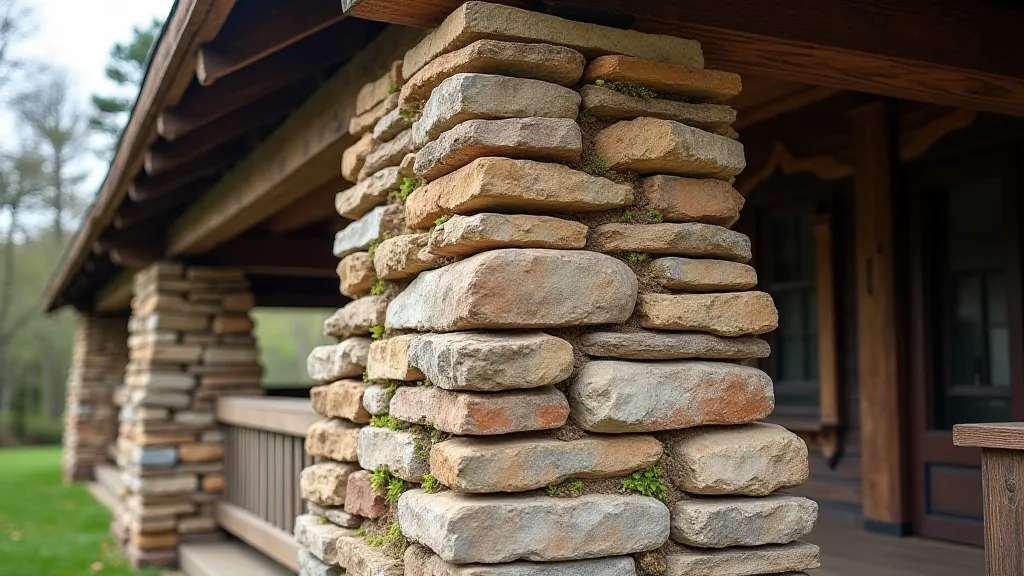
Regional Variations
While the core elements remain consistent, subtle variations within the Arkansas Folk Victorian style can be observed across different Ozark communities. In some areas, houses exhibit a more rustic and unadorned appearance, while others showcase a slightly more refined level of detail. The influence of German and Irish settlers in certain regions is also reflected in the architectural details, resulting in unique and charming variations on the theme. These variations speak to the diverse cultural backgrounds of the settlers and their individual responses to the Ozark environment. The desire for a familiar architectural style, adapted to local materials and conditions, fueled the evolution of these distinct regional expressions. Similar influences are evident in the architectural landscape of Tennessee, where Tennessee German architecture showcases the distinctive legacy of German settlers and their building traditions. The blending of cultures and architectural styles is a constant theme in American history, shaping the unique character of different regions and communities. These regional variations reflect not only the practical considerations of building in a particular environment but also the values and aspirations of the people who built and inhabited these homes.
The Influence of Functionality and Efficiency
Beyond aesthetics, the Arkansas Folk Victorian style embodies principles of functionality and efficiency. The design prioritized durability, ease of maintenance, and adaptability to changing family needs. This focus on practicality aligns with broader trends in American architecture during this period, as families sought homes that were both comfortable and economical. The principles applied were similar to those informing the design of Four Square architecture, known for its efficient use of space and straightforward design. The desire to maximize the utility of every square foot was a key driver in the evolution of housing design across the country, leading to innovations in layout and construction techniques that reflected the changing needs of American families.
The Cultural Context: Building a New Life
Understanding the Arkansas Folk Victorian style requires appreciating the broader cultural context of its creation. The late 19th and early 20th centuries were a period of significant migration and settlement in the Ozark region. Families were seeking new opportunities and a chance to build a better life. The homes they built reflected their values of self-reliance, resourcefulness, and community. The architectural style wasn't just about aesthetics; it was about creating a place of belonging and a symbol of progress. The construction of these homes often involved the entire community, with neighbors helping each other with the labor and sharing resources. This collaborative effort fostered a strong sense of camaraderie and contributed to the unique character of Ozark communities.
Detailed Architectural Features: A Closer Look
While the overall characteristics of Arkansas Folk Victorian homes are fairly consistent, a closer examination reveals a wealth of detail. The quality of the lumber used, the precision of the joinery, and the careful selection of materials all contribute to the charm and character of these structures. Look for hand-hewn timbers, mortise-and-tenon joints, and the use of local stone for foundations and chimneys. The details often reflect the skill and ingenuity of the builders, who were often self-taught but highly skilled in their craft. The detailing on porches, windows, and doors can provide clues about the age and origin of the house, as styles and techniques evolved over time. The preservation of these details is essential for maintaining the historical integrity of these homes.
Preservation and Legacy
Today, Arkansas Folk Victorian homes are recognized as an important part of the state’s architectural heritage. Preservation efforts are underway to protect these unique structures and ensure that their charm and character are appreciated for generations to come. These houses offer a tangible link to the past, illustrating the ingenuity and resourcefulness of those who built them and their ability to adapt beauty to the challenges of the Ozark landscape. The enduring appeal of these homes lies not only in their aesthetic beauty but also in the stories they tell about the lives of those who built and inhabited them. Protecting these structures is crucial for preserving the cultural memory of the Ozarks and ensuring that future generations can appreciate the legacy of Arkansas Folk Victorian architecture. The design principles and building techniques employed in these homes continue to inspire architects and builders today, demonstrating the timeless appeal of vernacular architecture.
